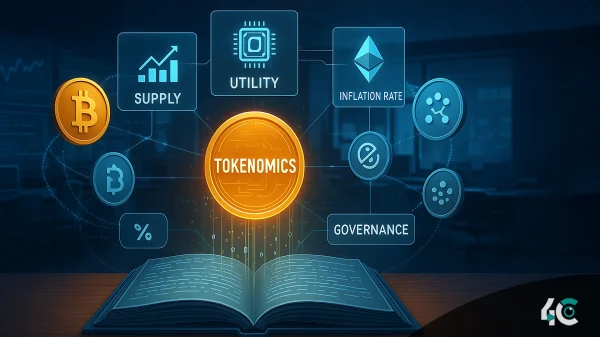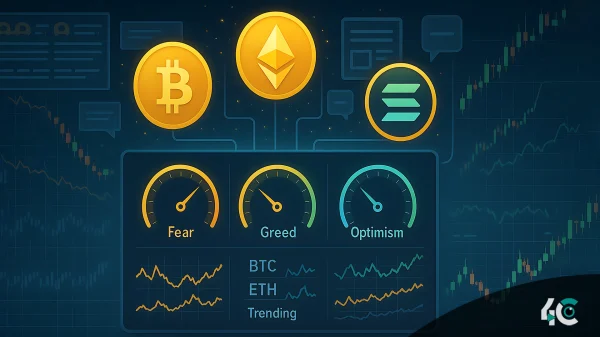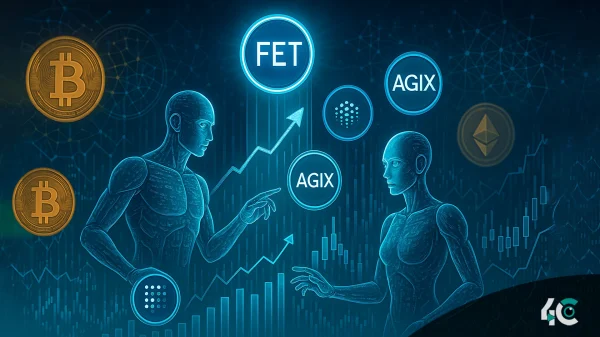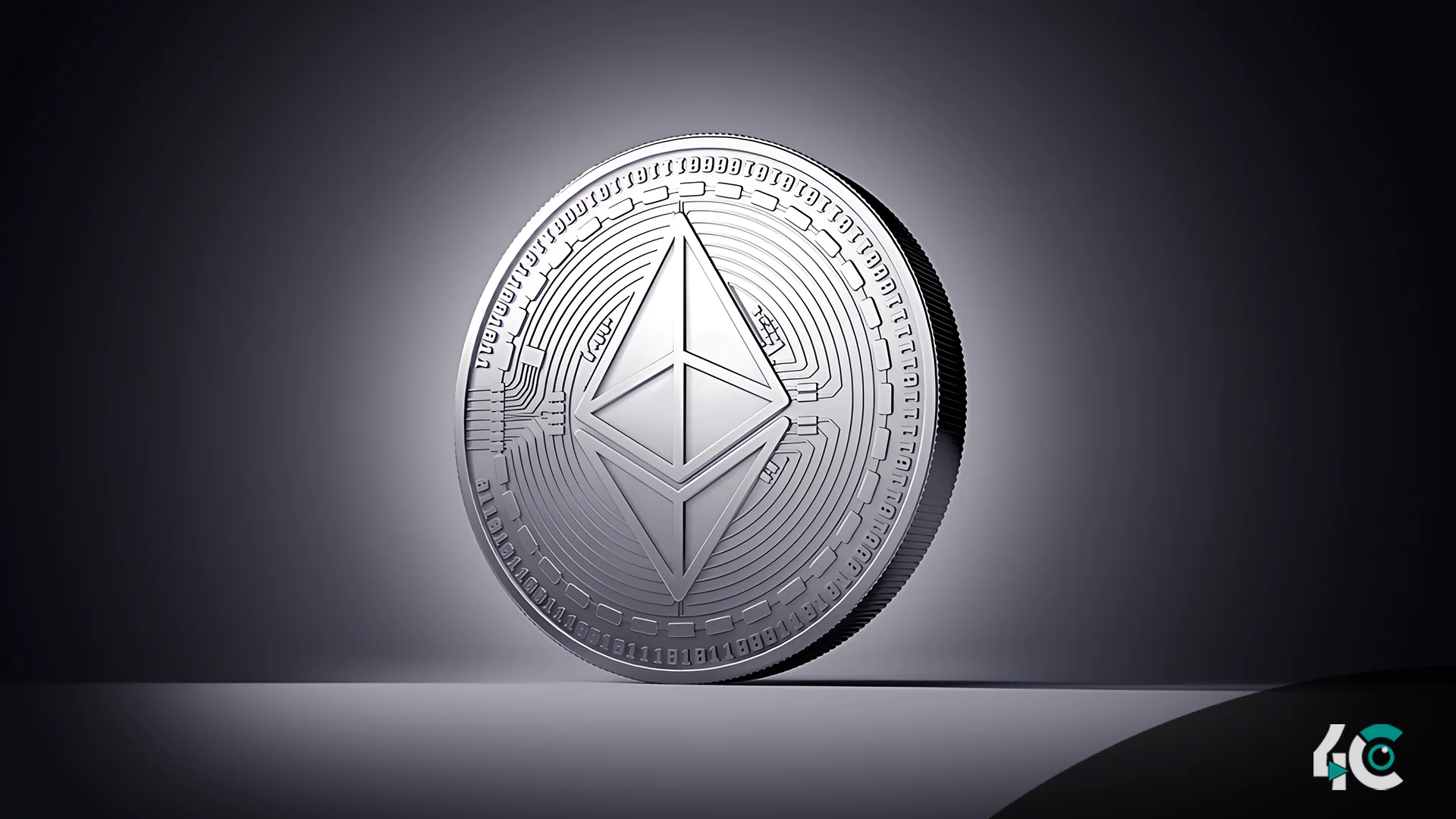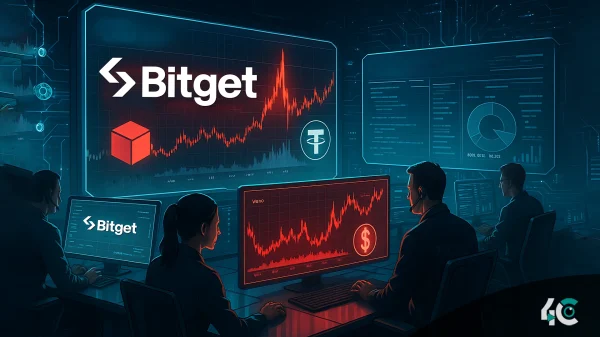The Ethereum community is excited about a proposal by researcher Justin Drake that addresses scalability issues. Drake hinted at an “ambitious” plan that could address Ethereum’s scalability difficulties by redesigning its consensus layer. His revelation on November 11 fueled speculation that Ethereum’s next significant upgrade, codenamed ETH 3.0, may reintroduce sharding as a strategy for increasing Ethereum’s transactions per second (TPS).
Drake’s proposal, which he intends to fully present at Devcon in Bangkok, has the potential to change Ethereum’s approach to scalability. While the specifics of the proposal are unknown, it is likely to solve the blockchain’s developing issues by altering critical components of its structure. ConsenSys CEO Joe Lubin suggests that the reinstatement of sharding, previously abandoned due to technical limitations, could now become feasible due to advancements in zero-knowledge proof (zk-proof) technology.
Lubin proposed that Ethereum could benefit from a zero-knowledge Ethereum Virtual Machine (zkEVM) constructed directly on layer one. This would allow numerous identical execution shards to operate concurrently, considerably expanding the network’s capacity. The result could be millions of TPS, although Lubin warned that such a significant scalability boost would take years to completely implement.
The Ethereum community is eagerly anticipating additional information, with some believing that ETH 3.0 may include features like a “second merge” for faster block times and native zkEVM integration. Ambient Finance inventor Doug Colkitt mentioned rumors of a new consensus model aimed at one-second block timings, which could eliminate the requirement for layer-2 rollups entirely. Many Ethereum aficionados are optimistic about ZkEVM, seeing it as a game changer for scalability.
However, not everyone in the community is convinced. Some doubters argue that the announcement of such a significant improvement would have come much sooner, given that Ethereum Improvement Proposals (EIPs) have likely been in the works for months. Despite the ambiguity, Drake’s impending proposal is likely to clarify the path of Ethereum’s future scaling solutions, potentially laying the groundwork for the long-awaited ETH 3.0 upgrade.
As Ethereum evolves, its dedication to addressing scalability issues remains a key focus. Whether through sharding, zkEVM, or other developments, the Ethereum community is unanimous in its desire to make the blockchain capable of handling millions of transactions per second.









